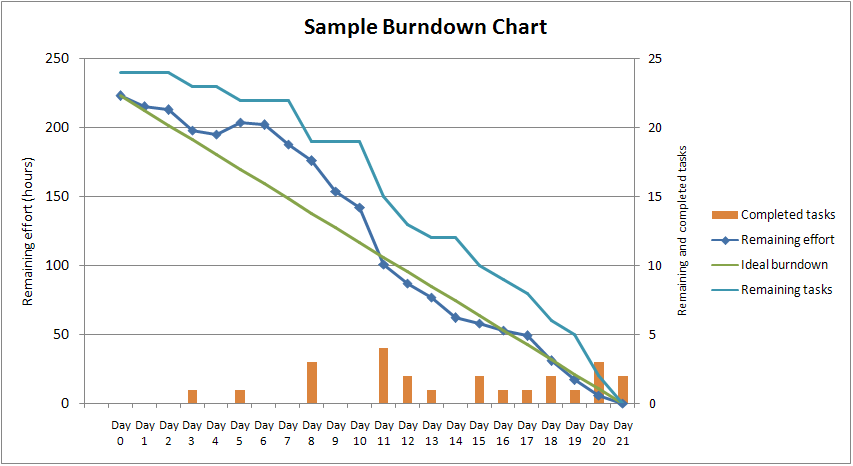How the merge will look like when it begins to tae place 4 billion years from now.
I have chosen to pitch this concept as it represents how us, first years will be exhibiting work along with the second year students, I do not like to think of this as a collision, because in actual fact it is quite the opposite. The joining of the two galaxies will be peaceful and harmonic as there is so much space between stars. The only detrimental part of the process would be a few stars being flung out of orbit due to the sheer gravitational effect the collision will give.
A simulation of the joining of the two galaxies. (Wikipedia).
The shapes are in the style of a constellation that is representative of the galaxies outlines:
An animation made to resemble both years of students coming together. (Created in Flash CC 2014)
This shape is the fundamental part of the branding, these shapes will be at the forefront of all pieces of collateral that we intend on creating.




































